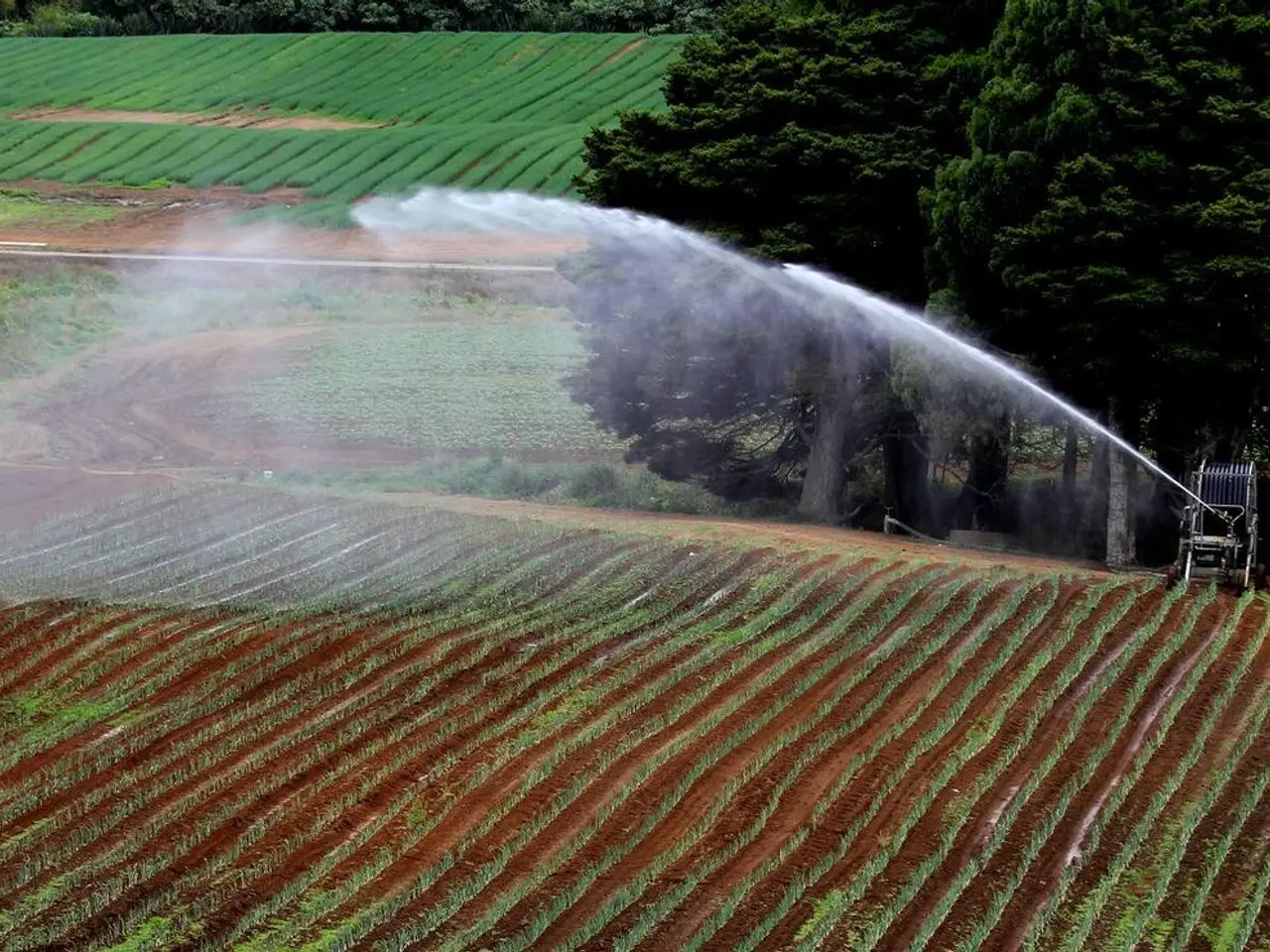Recycling Gold From Waste: Exploring the Prospects of Waste-To-Fuel Innovations
In the realm of renewable energy, waste-to-fuel technologies are gaining significant traction, with the global market projected to grow from approximately USD 38.4 billion in 2024 to around USD 83.2 billion by 2034, registering a compound annual growth rate (CAGR) of 8.0% over this period [1].
These innovative technologies convert various waste types (organic, industrial, agricultural, municipal) into high-energy products, contributing to reducing landfill dependency, lowering greenhouse gas emissions, generating renewable energy, and supporting waste management strategies globally.
Key waste-to-fuel methods include incineration, anaerobic digestion/biogas production, pyrolysis and gasification, and refining plastic and other solid waste into fuels.
Incineration, the combustion of waste to produce heat and electricity, offers benefits such as reducing the volume of waste drastically, generating electricity and heat, and decreasing landfill use. However, it faces challenges such as air pollution concerns (dioxins, particulates), high capital costs, and the requirement for effective emission control technologies [1].
Anaerobic digestion/biogas production, on the other hand, involves the decomposition of organic waste by microbes without oxygen, producing biogas (mainly methane and CO2). This process offers benefits such as producing renewable energy (biogas), reducing greenhouse gas emissions, producing digestate usable as fertilizer, and supporting the circular economy. However, challenges include feedstock quality and contamination, the relatively slow process, and the requirement for infrastructure for gas cleaning if used as biomethane [3].
Pyrolysis and gasification, which thermal decompose waste in low or no oxygen to produce synthetic gas (syngas) or fuels, convert diverse waste types into liquid/gaseous fuels, lowering emissions compared to incineration, and can be integrated with existing energy systems. Yet, these methods face technological complexity, feedstock variability impacts on efficiency, and high investment costs [1].
Refining plastic and other solid waste into fuels converts non-recyclable plastics into liquid fuels, reducing plastic pollution. However, technology commercialization is still emerging, and potential emissions need management [1].
Among these, the biogas and biomethane markets are also growing, with a projected value reaching about USD 106.3 billion by 2034, driven by organic waste utilization and sustainability trends [3].
In the United States, about 12% of the 292 million tons of Municipal Solid Waste produced in 2018 was processed in waste-to-energy plants. Companies like Enerkem in Canada use gasification for biofuels from non-recyclable waste, while stand-alone food waste digesters accounted for 3% of the U.S.'s biogas production in 2024. Australia's Renergi diverts 4,000 tons of municipal waste from landfills yearly, and the Bhubaneswar Municipal Corporation in India plans to establish a biogas plant processing 3 tonnes of organic waste daily [1][3].
The wastewater industry accounted for 47% of all biogas systems in the United States as of 2024, and agriculture-based anaerobic digesters contributed 13% of the U.S.'s biogas production [1][3]. Building and operating waste-to-energy plants require skilled labor, engineers, and technicians, stimulating local economies.
In 2024, a report by the U.S. Department of Energy (DOE) estimated that the clean energy sector opportunities increased by 142,000 jobs in the United States alone. However, challenges include technological costs, feedstock collection and quality, pollution control, and regulatory frameworks [1][3]. Continued investment, innovation, and supportive policies are key to expanding market growth and adoption.
Michael Thompson, an expert in the renewable energy sector with over 25 years of experience, emphasizes the importance of these technologies, encompassing solar, wind, hydroelectric, and energy efficiency practices. His expertise extends to the waste-to-fuel sector, where he highlights the potential of waste-to-fuel technologies to provide cleaner alternatives to incineration with lower pollutant emissions, such as pyrolysis, which can produce approximately 100 gallons of fuel from one ton of plastic waste [1].
Despite the challenges, the future of waste-to-fuel technologies looks promising, with their potential to transform waste into valuable resources, mitigate climate change, and stimulate economic growth.
- In the renewable energy industry, the global market for waste-to-fuel technologies is forecasted to grow from USD 38.4 billion in 2024 to USD 83.2 billion by 2034, registering a CAGR of 8.0%.
- Waste-to-fuel technologies convert various waste types into high-energy products, supporting global waste management strategies while reducing landfill dependency and greenhouse gas emissions.
- The biogas and biomethane markets are also growing, projected to reach USD 106.3 billion by 2034, driven by organic waste utilization and sustainability trends.
- Technologies that refine plastic and other solid waste into fuels convert non-recyclable plastics into liquid fuels, potentially reducing plastic pollution.
- Key stakeholders in the waste-to-energy sector include the environmental science, finance, and renewable energy industries, which create job opportunities for skilled labor, engineers, and technicians.
- Expert Michael Thompson highlights the potential of waste-to-fuel technologies, like pyrolysis, to provide cleaner alternatives to incineration with lower pollutant emissions.
- Despite challenges such as technological costs, feedstock collection and quality, pollution control, and regulatory frameworks, the future of waste-to-fuel technologies looks promising due to their potential to transform waste into valuable resources, mitigate climate change, and stimulate economic growth.




